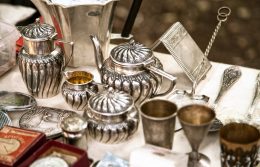The Most Notorious Texas Outlaws
Texas’ mystique was forged in the days of lawmen and outlaws. Texas wasn’t just another frontier state. It shared a southern border with Mexico and a northern border with Indian Territories. In wide-open Texas, there were plenty of places to hide, easy ways to escape the jurisdiction of the Texas Rangers, and lots of loot, cattle, and unsuspecting settlers to rip off. There were many Wild West outlaws who got their start in or passed through Texas, but a few stand out from the pack. Here are 10 of the most notorious Texas outlaws.
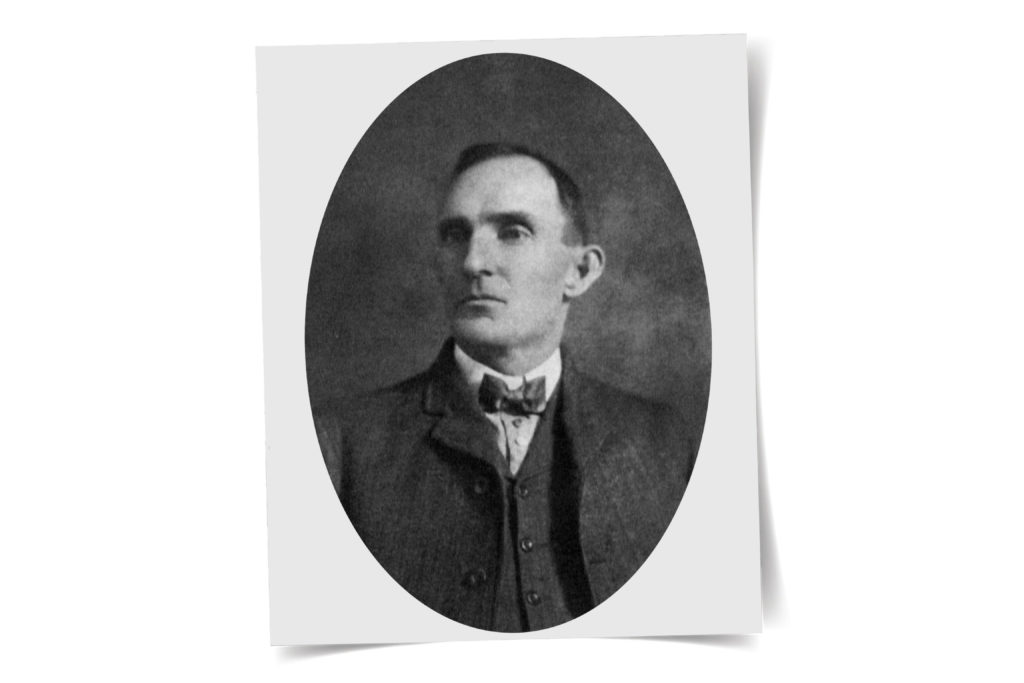
James “Jim” Miller
Few Texas outlaws can claim the kind of respectable pedigree that helped make this Jekyll-and-Hyde figure such an effective killer. A regular churchgoer who never smoked or drank, Miller served as marshal of Pecos and a Texas Ranger. But “Killer Miller,” as he was known, was an effective assassin whose many murders even included his grandparents and brother-in-law. His ability to blend in with society kept Miller out of jail, but he finally met his end when an angry mob hung him for killing a former deputy U.S. marshal.
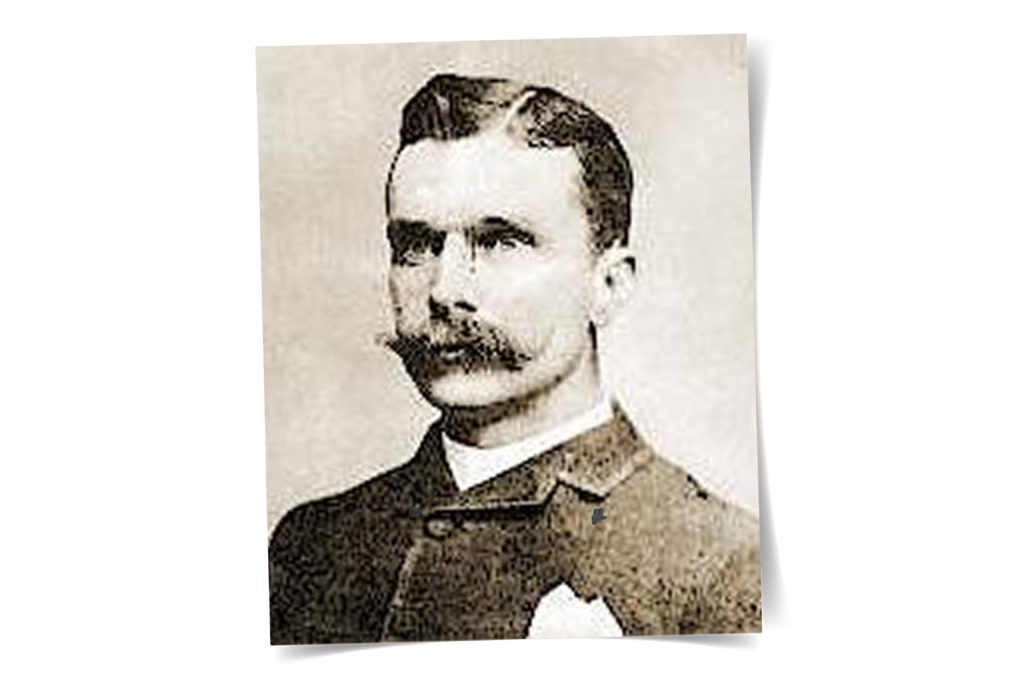
Sam Bass
Sam Bass cemented his place in Wild West legend with a single train robbery. In September 1877, Bass and his gang forcibly boarded a train at Big Spring Station in Nebraska, where they discovered nearly $60,000 in freshly minted $20 gold pieces en route from the U.S. Mint at San Francisco to a bank on the East Coast. This haul made Bass’ gang legends, and they returned to Denton, where they continued to the lucrative career of robbing for the next year. The Texas Rangers attempted to hunt down the Sam Bass Gang, but they always seemed to find ways to escape. That is, until July 19, 1878, when Texas Rangers found Bass in Round Rock planning their next robbery. A shootout ensued, and Bass was shot dead.

Doc Holliday
Even before he became known as one of the fastest hands with a six-shooter in the West, Doc Holliday had many talents. He was a dentist who set up a practice in Dallas after doctors recommended the warm Texas weather might help his tuberculosis symptoms. He was known as a “natural” gambler, whose long nights in the gambling halls helped supplement his medical income. He spoke Latin, played piano, and was known as a sharp dresser. But his temper and skill with his weapon drove his fate. After becoming involved in a series of shootouts in Austin, Dallas, Jacksboro, and Denver that resulted in several deaths, Holliday fled west to Wyoming, then New Mexico, and finally back to Fort Griffin in West Texas, where he would meet Wyatt Earp. Their rambling life of crime would eventually land the two in Tombstone, Arizona, where they took part in the legendary shootout at the O.K. Corral. But it was his tuberculosis, not lead, that would eventually lead to his death.

Billy the Kid
William H. Bonney, Jr. is connected to Texas primarily through legend. Born in New York, he moved west with his family to Kansas as a boy, and the family eventually landed in New Mexico. By his teens, Billy had joined various gangs and was actively committing crimes, wandering the Wild West and rusting cattle. Tradition attaches Billy to at least nine murders, as well as a daring jailhouse escape. Many believe he was shot and killed in New Mexico at the age of 21, but some suspect he made another escape to Hico, where he lived out his life as “Brushy Bill” Roberts, participating in Wild West shows throughout the southwest and dying in his late 80s or early 90s in 1950.
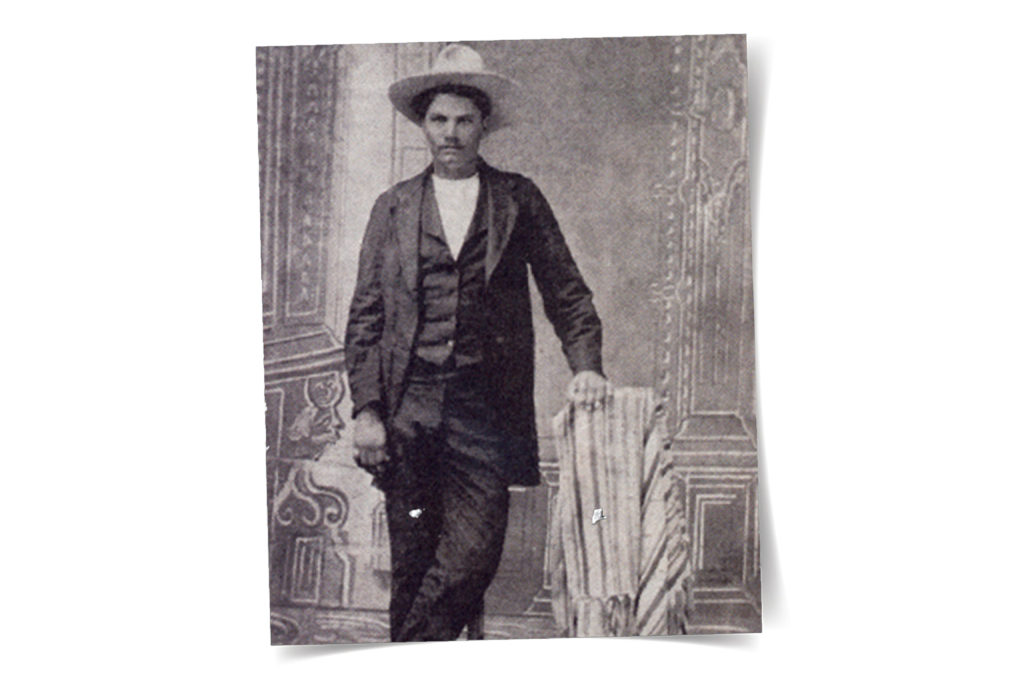
John Wesley Hardin
Hardin was only 14 years old when he committed his first crime — stabbing another youth during a schoolyard squabble in Bonham. A year later, he shot and killed a man during an argument. By the age of 16, four additional murders were attributed to him. He fled to pursue the life of a cowboy, but even along the trail, the bodies continued to stack up. It is believed that he killed at least 21 men during his outlaw days, but after being arrested by Texas Rangers in Pensacola, Florida, in 1877 and sent to 25 years in prison, Hardin apparently reformed, although he made repeated efforts to escape. He led Sunday school and studied law, and after his release in 1894, he moved to El Paso and became a lawyer. But Hardin’s violent past caught up with him not long after when he was shot and killed after having an affair with the wife of one of his legal clients.
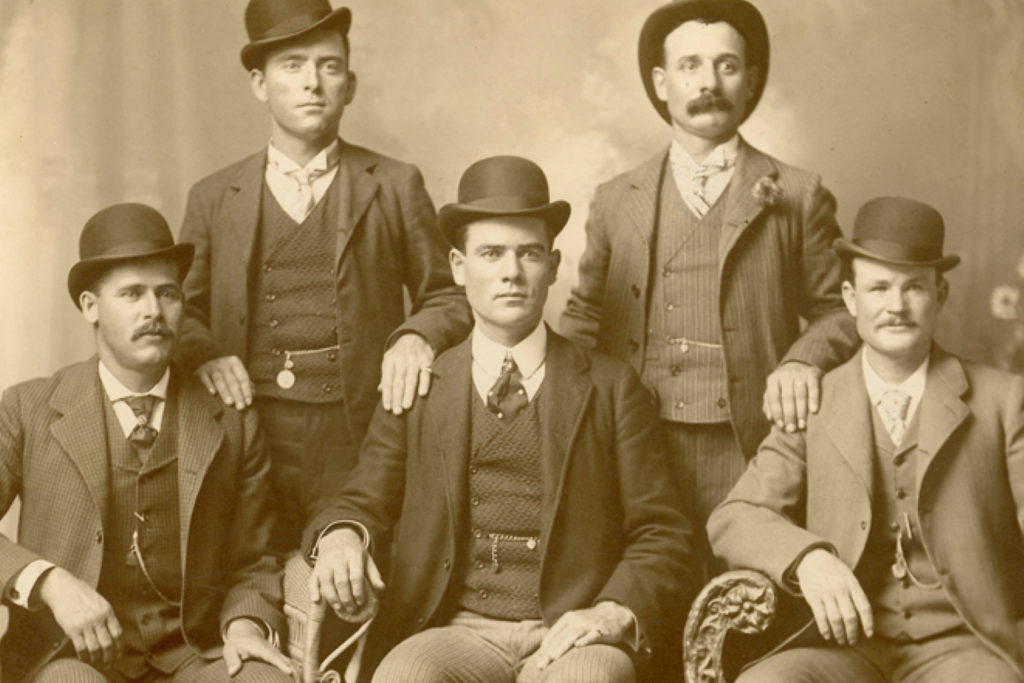
The Fort Worth Five
Also known as “The Wild Bunch,” the Fort Worth Five were famously captured in a photograph taken around 1900 in a section of Fort Worth known as “Hell’s Half Acre.” The Fort Worth Five, which included legendary figures like Butch Cassidy and Harry Longabaugh, known as “The Sundance Kid,” would hang out around the notorious haven for criminals and outlaws in between bank and train robberies. But the photo would eventually do them in when a police detective spotted it and passed it along to the Pinkerton Detective Agency. The agency spread copies of the image far and wide, forcing the outlaws into hiding. Cassidy and Longabaugh fled to South America, where calvary in Bolivia eventually tracked them down, and the duo died in a shootout.
While outlaws are famed for their ruthlessness, some of their reputations are not entirely grim. Keep reading and learn how a few Texas outlaws changed country music forever.
© 2022 Texas Farm Bureau Insurance

